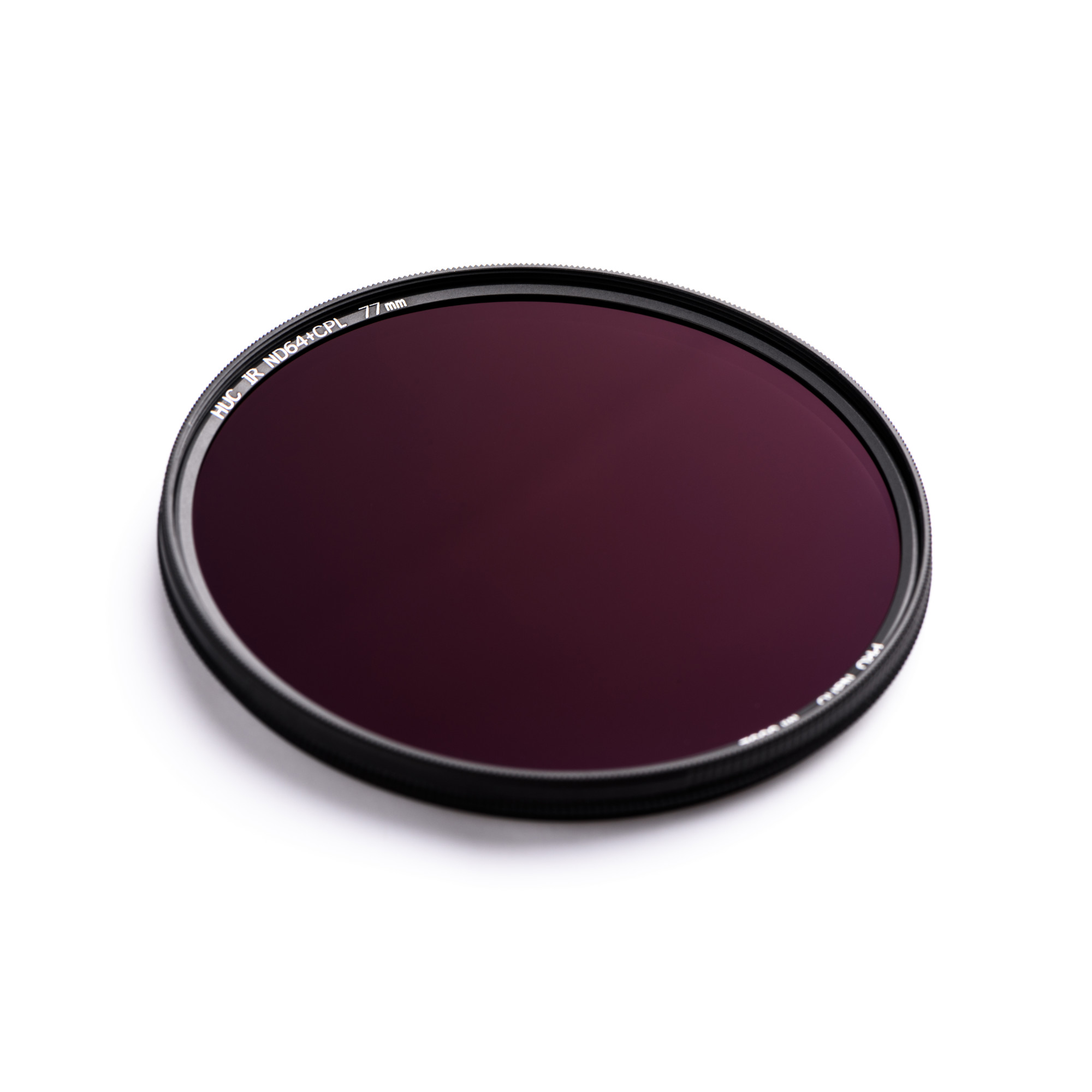As far as using both a CP and ND filter concurrently, I do that a lot for eastern US streams and waterfalls. Once you see images with and without a CP, you'll likely want to use a CP for most of your waterfalls and streams. The trick is to go to full polarization and then back off slightly so there is a little reflection rather than pure black water. Because you are stacking filters, there is also the risk of vignetting.
It's very rare for me to photograph waterfalls on a sunny day. In woodland settings I'm looking for wet, saturated rocks as well as the lower light of overcast or rainy days.
On the Nikon cameras there is no meaningful adverse impact of using Lo 1.0 ISO. You can also raise your aperture a stop or two if needed. So I'm using a CP (2 stops), Lo 1.0 (1 stop), and closing down my aperture a stop (1 stop) to get a full four stops before adding the ND filter. That's why I may not need an ND filter at all, or can use a 5-6 stop filter and nothing more.
On DSLR cameras I could also add in camera multiple exposures but today on Z cameras I need to blend images in post for an additional 3 stops of benefit (averaging to create a blend of 8 exposures is 3 stops). Exposure blends can include many more images. This can be useful for more than just time. For example, if you want to flatten out waves with a long exposure, you might get a better results by including a series of shorter exposures after the wave has broken. I've used a series of 5 second exposures with smaller waves and skipped the waves that were larger than average. Keep in mind that the time between exposures may matter so rather than a streams with moving leaves being smoothly blurred, it may show a series of short exposures with regular repetitions.
It's very rare for me to photograph waterfalls on a sunny day. In woodland settings I'm looking for wet, saturated rocks as well as the lower light of overcast or rainy days.
On the Nikon cameras there is no meaningful adverse impact of using Lo 1.0 ISO. You can also raise your aperture a stop or two if needed. So I'm using a CP (2 stops), Lo 1.0 (1 stop), and closing down my aperture a stop (1 stop) to get a full four stops before adding the ND filter. That's why I may not need an ND filter at all, or can use a 5-6 stop filter and nothing more.
On DSLR cameras I could also add in camera multiple exposures but today on Z cameras I need to blend images in post for an additional 3 stops of benefit (averaging to create a blend of 8 exposures is 3 stops). Exposure blends can include many more images. This can be useful for more than just time. For example, if you want to flatten out waves with a long exposure, you might get a better results by including a series of shorter exposures after the wave has broken. I've used a series of 5 second exposures with smaller waves and skipped the waves that were larger than average. Keep in mind that the time between exposures may matter so rather than a streams with moving leaves being smoothly blurred, it may show a series of short exposures with regular repetitions.


